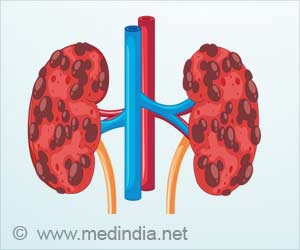Three weeks after having her appendix removed last year, Filipina bar girl Camille was forced by her pimp back to work as a prostitute in Singapore.
The prostitution trade has proved itself to be ruthless and unmerciful in Singapore. Take for instance the case of Camille, a Filipina bar girl who was trafficked into the city-state for prostitution. Her pimp compelled her to return to work even before the wounds of a recent appendix removal surgery healed.
Penniless and deeply in debt in a foreign land, 24-year-old Camille, not her real name, had no choice.She says she had sex with men in hotel trysts arranged by her pimp, who took most of the money, until she sought shelter at the Philippine embassy.
"My wounds barely healed and I was being forced to have sex," she told AFP, breaking into sobs during an interview before flying home earlier this year.
"The pimp had no pity. The men had no mercy. I should have listened to my parents not to come here."
Philippine embassy officials said Camille, a single mother, is among a growing number of Filipina women lured by human trafficking syndicates to Singapore, Southeast Asia's wealthiest economy.
Promised jobs as "entertainers" in pubs and restaurants, many instead find themselves virtually indentured as prostitutes, working to pay back the cost of getting here.
Advertisement
The sex industry in Singapore -- where prostitution is legal but pimping and public solicitation are not -- is dominated by women from the Philippines, Thailand, China and Vietnam, industry sources said.
Advertisement
Of those 212, nearly 30 percent admitted to having engaged in prostitution or said they were coerced into sexual acts, it said.
Filipino consul Neal Imperial described the numbers as the "tip of the iceberg" as they reflected only women who turned to the embassy for help.
The US State Department, in its 2008 Trafficking in Persons report, put Singapore on its list of countries not doing enough to combat the problem. Cambodia and Sierra Leone were among others named.
The report urged Singapore, which has yet to ratify the 2000 UN Trafficking in Persons Protocol, to "vigorously investigate and prosecute both labor and sex trafficking cases".
Responding to the US report, Singapore's Ministry of Home Affairs said reported cases of forced prostitution fell to 28 in 2007 from 33 in 2006 and 35 in 2005.
Police investigated all 28 cases and found evidence in only one, the ministry said.
Human trafficking experts said Singapore's figures differ from the US report because the police do not consider women as trafficking victims if they arrive voluntarily.
In contrast, the United Nations counts women as victims if they are lured by false promises about working conditions, and if they are exploited.
Singapore should accept there is a problem, said Sallie Yea, an Australian consultant who has researched sex trafficking in Asia. "Singapore is still in the denial mode."
The island-state is an attractive destination, experts said, because women can enter without a visa on cheap flights.
John Gee, of the non-government group Transient Workers Count Too, said acknowledging that human trafficking exists could be embarrassing for the government, which likes to perpetuate Singapore's squeaky clean image.
But he said the government's bid to maintain that image could push it to tackle the issue.
"I'm optimistic that Singapore will actually rise to the challenge and deal with it," he said.
Source-AFP
TAN/M









